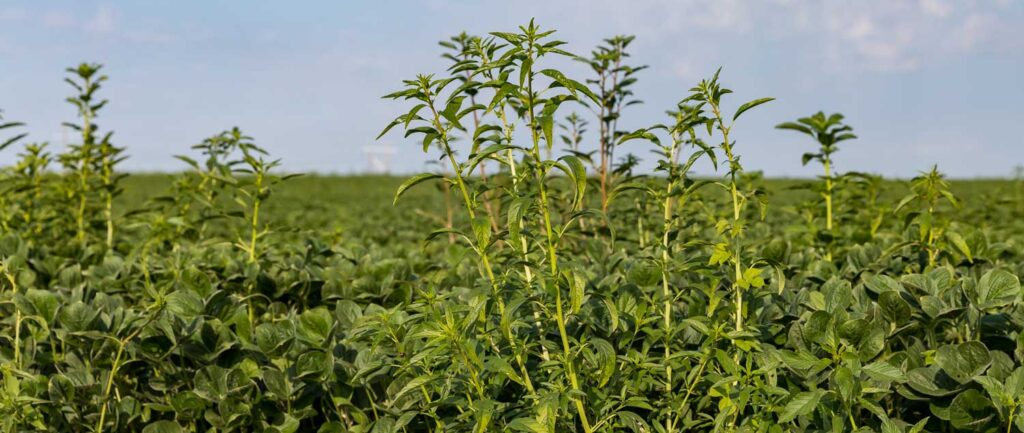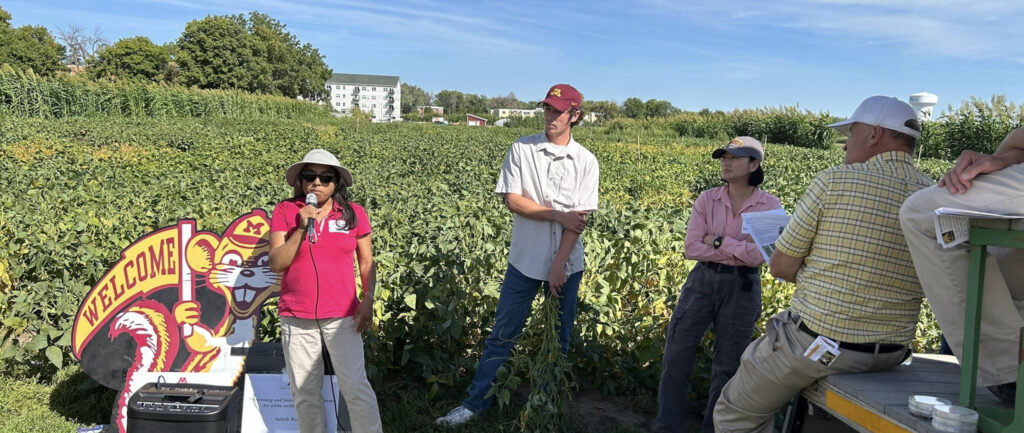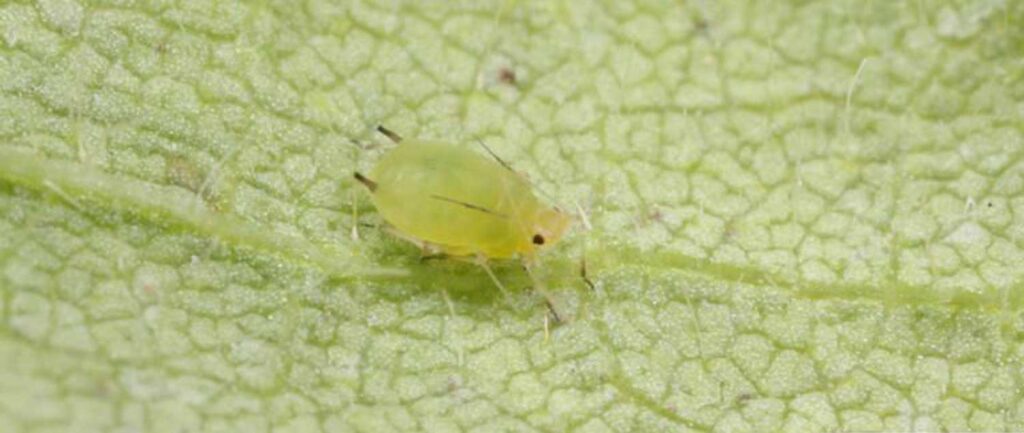One question I was asked recently had to do with Restricted Use Products (RUP) and dicamba. In Minnesota, Fexapan, Engenia and XtendiMax are currently the only restricted use dicamba products in the state. The RUP designation requires the applicators to be certified; i.e. possess either a private applicators certification or a commercial/noncommercial pesticide applicators license. After the individual has become a certified applicator, they should attend the mandatory dicamba training. Currently, the dicamba trainings will be requesting your license or certification number to ensure the training is properly credited to the correct individual.

Another confusing issue is time of application. The federal label states clearly, do not apply these products from sunset to sunrise (aka night), which means apply when the sun is up. In North Dakota, the time of application is an hour after sunrise to an hour before sunset. Some southern states are even more specific by limiting application from 7:30 a.m. to 5:30 p.m. These rules are to limit the danger from temperature inversions, a situation that will be frequent during June in Minnesota.
A third confusing issue is period of application. The EPA label allows application from pre-plant through R1 (but not R2). Minnesota has a cutoff date of June 20. North Dakota is June 30 or first bloom, whichever comes first. Given the EPA label is based on plant growth, it becomes entirely possible for an applicator to “bust the label” by applying June 19. This will be unlikely for late planted soybeans, but the likelihood increases with early planting (late April, early May), especially with a short maturation variety.
This means you cannot apply strictly by the calendar; you will have to scout your field for both the presence of weeds and the growth stage of your soybeans. Growth stage R1 is simple to identify; there is at least one fully formed flower anywhere on the plant. Agronomists identify growth stage R2 by finding a fully formed flower in the top two nodes of the plant. Soybean flowers are rather small, and somewhat difficult to confirm, especially when driving down a dusty road at 60+ mph. You will have to get out of the truck and walk some fields.
Another issue on the label is weed size. Past history, and all three labels, has shown us dicamba is most effective on small (<4 inches tall) weeds. I have heard multiple growers wanting to apply one of these products at close to canopy closure. Crop canopy will be well above four inches tall; at the low pressure these rigs will often run, much of the herbicide will not blow past the canopy onto the weeds.
Again, if driving down a dusty road at 60+ mph, you will not be able to see many 4 inch tall, or shorter, weeds in tall canopy, and the weeds you do see will be a foot tall. There have been multiple studies conducted in the past that have shown dicamba has limited effect on tall (>12 inch) weeds, especially waterhemp. Again, you must walk some fields.
These new dicamba products promise to solve many difficult weed problems, if used correctly. If used incorrectly, the best you can hope for is poor weed control. There is a lot of confusion with utilization of these products. Take your time and get to know the products before you pull the trigger.
What should you do? First, become educated on the product. Attend the dicamba trainings sponsored by the three companies, University of Minnesota Extension, your local coop and other entities. The new label is not simple and is rather demanding. It will be confusing if you do not take the time to study the label, question how you will integrate use of these products into your existing programs, and talk often with as many experts as you can.
David Kee is the director of research at Minnesota Soybean and can be reached at david@mnsoybean.com or 507-388-1635.







